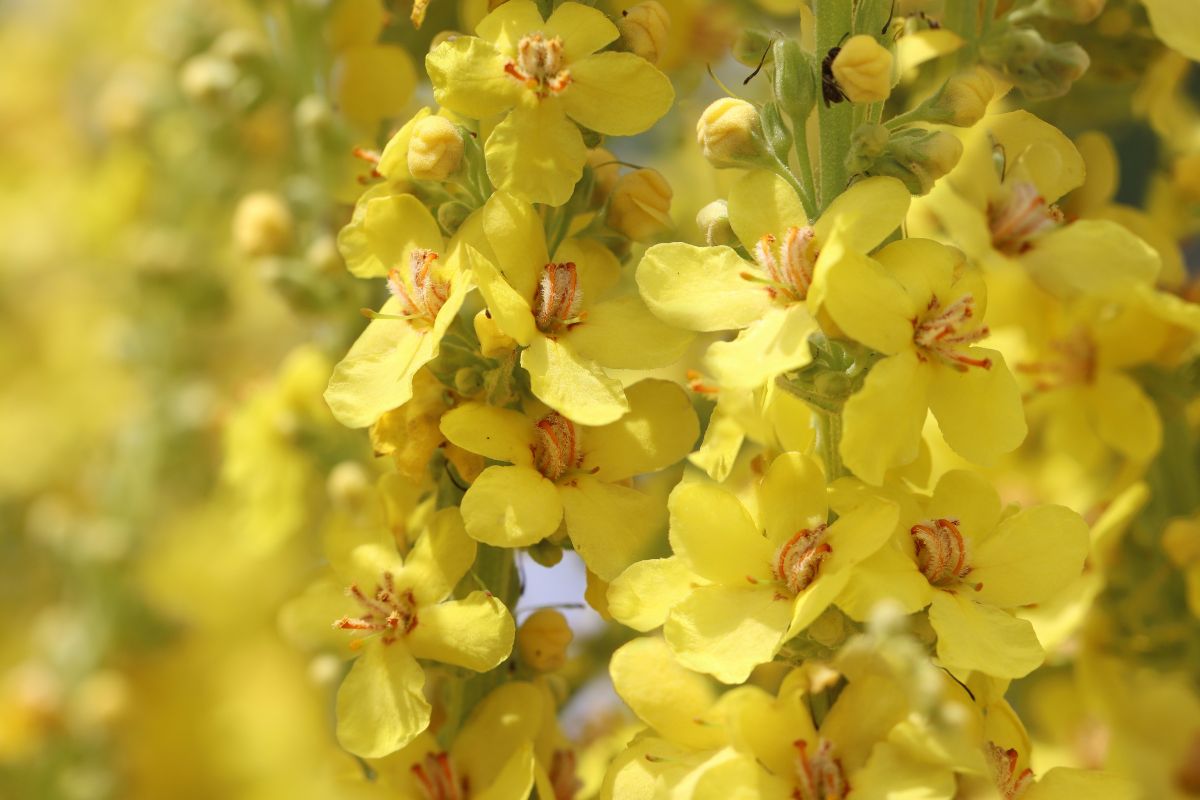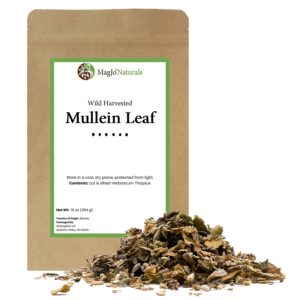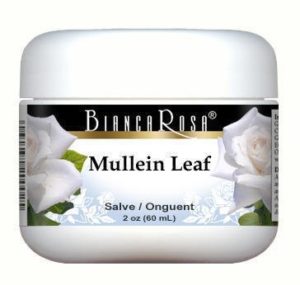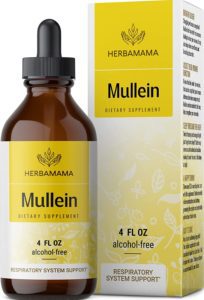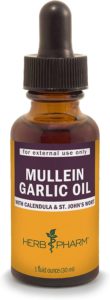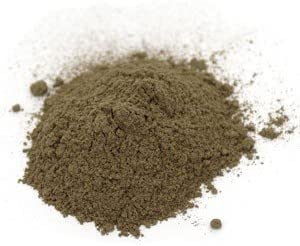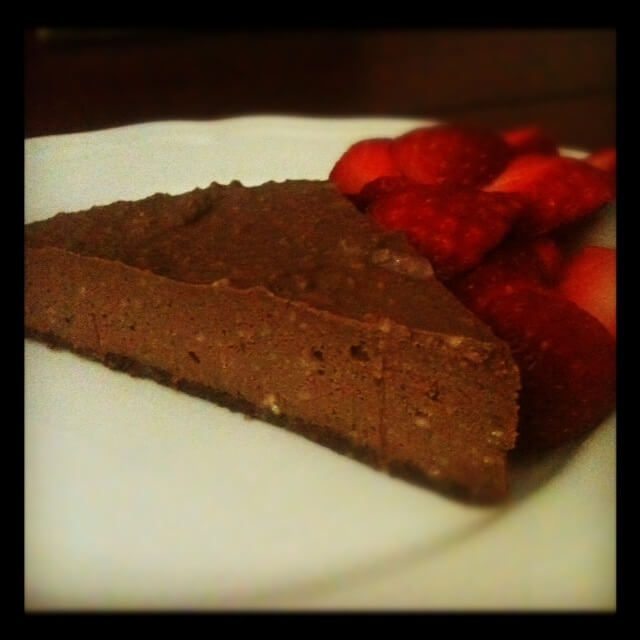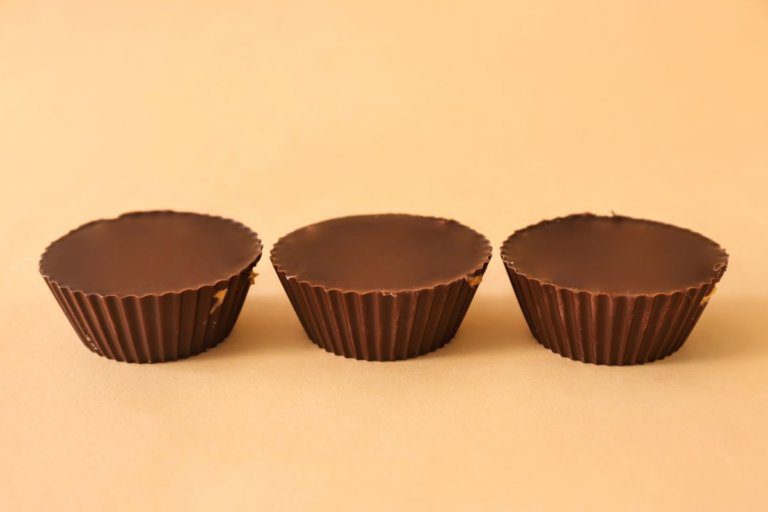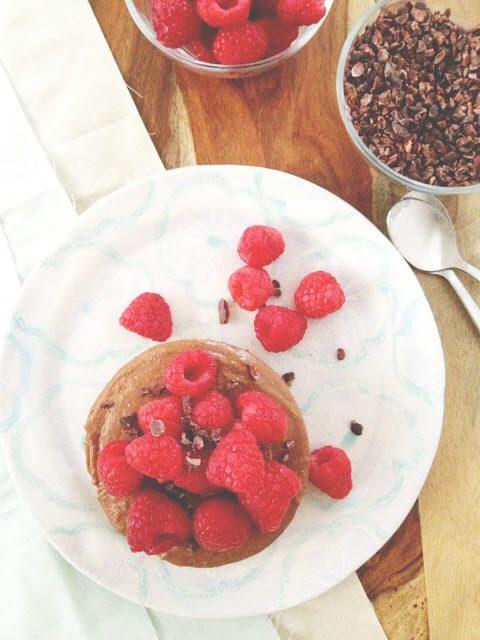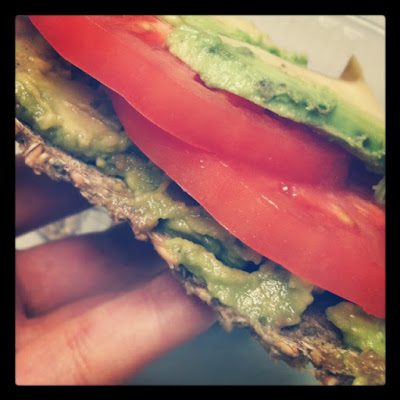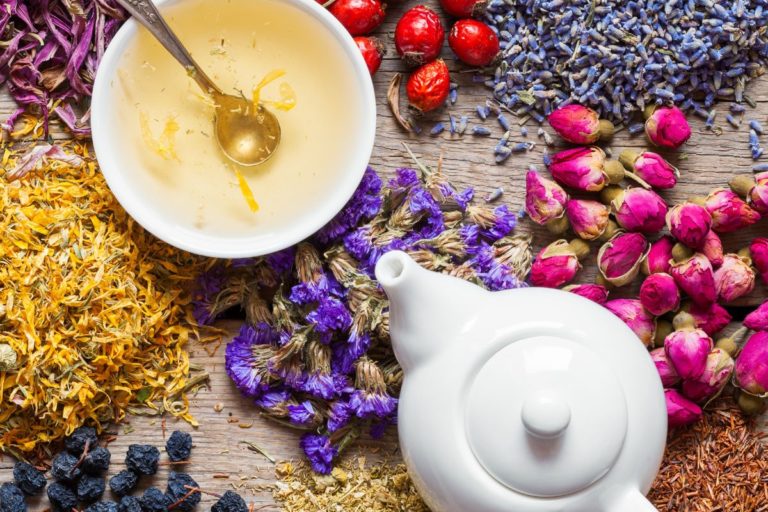Common Mullein, scientific name Verbascum thapsus, is a powerful medicinal plant with a rich history. Despite its bright yellow flower spike and densely clustered flowers, it is often mistaken for a weed. Native to Europe, Asia, and northern Africa, this plant was also widely used by Native Americans after it was brought to the Americas.
In the past, it was used to treat a variety of conditions such as constipation, ear diseases, wounds, and even scorpion stings. Today, it continues to be recognized for its many benefits and uses in modern medicine.
In this article, I will go deeper into the fascinating world of this amazing plant.
Eager to know more? Let’s then explore more about this amazing plant in the following article!
Known mullein plant benefits
This plant has a history that is really fascinating: originally, in Nepalese traditional medicine, for example, the plant was known to have strong antiviral properties, known for its powerful effect against Herpes simplex virus and flu.
Still, this plant wasn’t simply used as herbal medicine… Just imagine that one of the first traces of the plant ever recorded was in ancient Rome, where large stalks of the plant were used as ceremonial torches, which were then carried around from place to place.
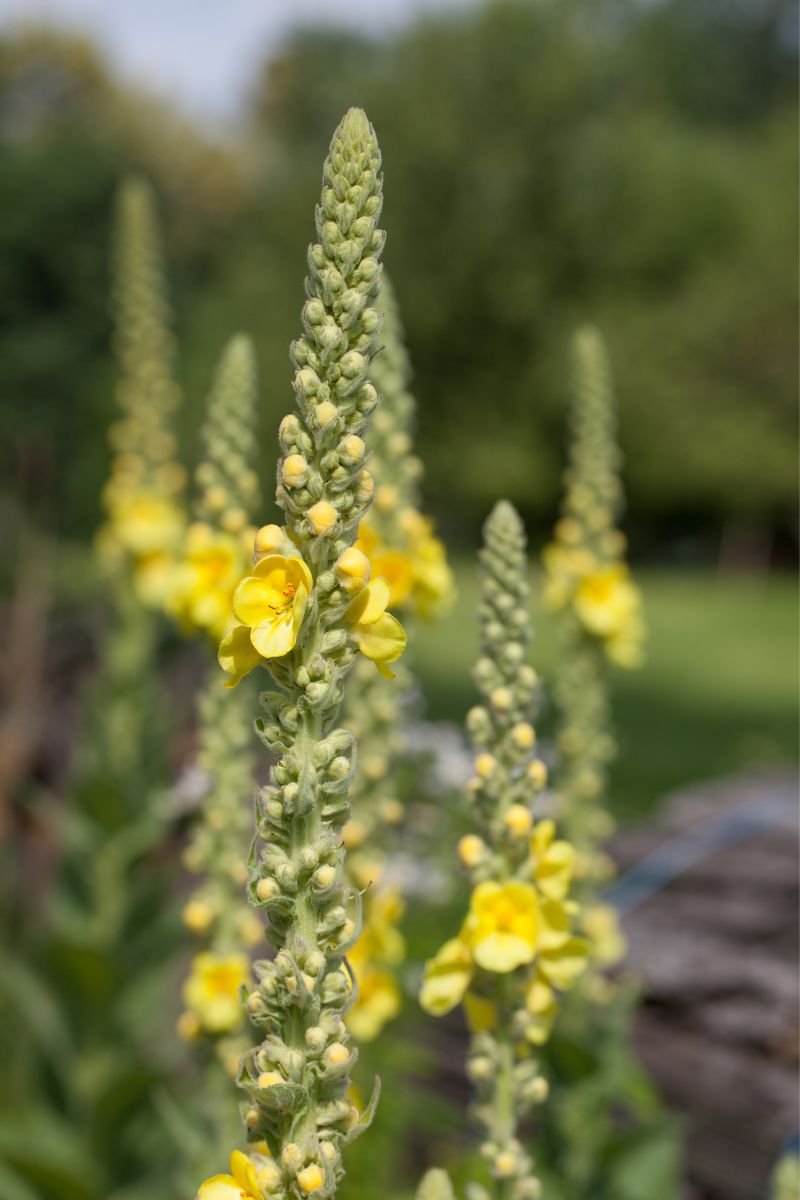

It is also said that Native Americans used Mullein precisely for the same purpose, shredding the leaves to fuel their campfires, but they would also use the plant as an extra layer in their moccasins to keep their feet warm. Also in 1849, during the famous California gold rush the Mullein plant was used to aglow mine shafts and for this reason, the mullein plant was known as the “miner’s candle”.
Interestingly enough, Mullein has a history that is also deeply rooted in folklore, as it was believed that the plant had magical properties that could protect against evil. And it’s exactly for this reason that the plant often adorned many monastery gardens.
It was only later on, in the late 1800s that the popularity of mullein literally skyrocketed in the whole of Europe and the United States as the plant became a common treatment for those affected with tuberculosis.
Further, moving onto more recent times, there’s also modern science to back up the effectiveness of this plant. In fact, it’s been proven that since Mullein leaves and flowers are rich in saponins and mucilage, which are naturally able to soothe irritated mucus membranes, the plant also has powerful respiratory benefits.
In addition, the saponins contained in Mullein also have great anti-viral properties, which make the plant incredibly effective against flu and other viruses. Another interesting aspect of this plant, as the herbalist Ryan Drum agrees, is that it contains a compound that can impact the nervous system, stimulating a neuro response that can trigger a sense of comfort from painful conditions. 🤯
But let’s now explore further properties and benefits of the mullein plant:
- Anti-Inflammatory properties: mullein contains a compound called verbascoside, known to have strong anti-inflammatory action and for this reason, it can be helpful in easing joint or muscle pain.
- Antibacterial properties: mullein can be used to disinfect wounds, soothe burns and treat hemorrhoids. Also, as we’ve seen before, mullein can be used as a remedy for respiratory flu as it can help to clean the lungs.
- Anti-fungal and astringent properties: mullein is known to be one of the most famous herbal remedies to treat ear pain and middle ear infections. For this reason, mullein flowers are normally infused with olive oil and garlic.
- Promotes digestive health: since it is naturally mucus-repellant, Mullein can also be used to get rid of any mucoid layer that could cover the small intestine. This function served by the mullein can be vital as too much mucus in the small intestine can interfere with your nutrient uptake and for this reason, it might jeopardize the body’s natural ability to deliver nutrients into the bloodstream.
Potential risks and side effects
This plant is generally recognized as a safe supplement because the side effects are rather low. In fact, a recent study has proven that the participants who used mullein to treat wounds did not experience any side effects even after prolonged use. Still, mullein is one of those certain medicinal plants that might seem innocent but can also be slightly risky if you’re taking it without getting professional medical advice.
In fact, there are some things that are worth bearing in mind because it’s also true that the root and seeds contain toxins so remember to consult your doctor before consuming this plant!
Beware: Some individuals may have allergic reactions or experience skin irritation from coming into contact with the plant. Pain or infection can be serious. Always consult a doctor as you explore treatment options.
Some species of mullein may cause dermatitis, a form of skin irritation. So if you know you have sensitive skin that is easily prone to allergic reactions, make sure you don’t put mullein directly on your skin! It might not be suitable for pregnant breastfeeding women and children at a very young age. In any case, remember that it’s always best to consult your doctor before using the plant.
So let’s sum up all the potential risks and side effects:
- it may cause dermatitis
- it might not suitable for pregnant, breastfeeding women or children at a very young age
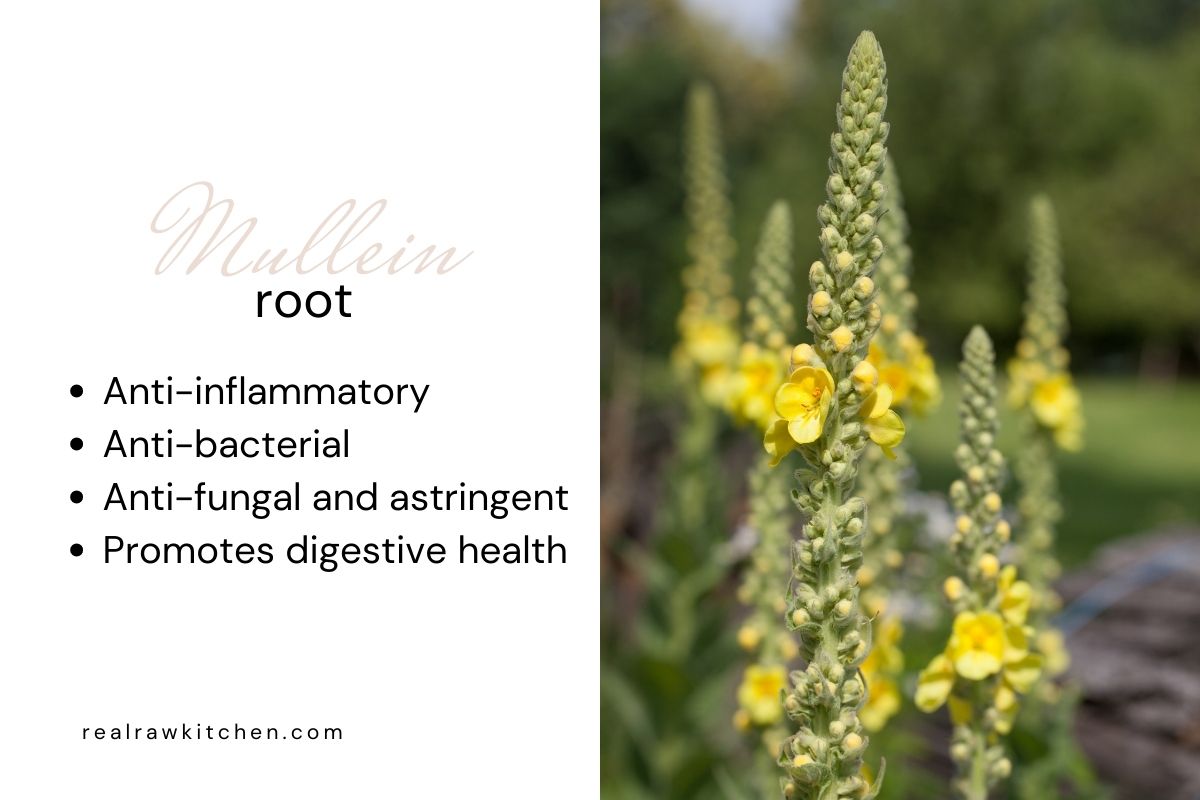

Forms and doses
For centuries, mullein plants have been used as an alternative medicine to treat a great variety of conditions, and for this reason, mullein can be consumed in diverse forms and doses. For example, it’s always been used as an infusion or tea to treat mainly bronchial conditions such as bronchitis, asthma, dry coughs, congestion, whooping cough, tuberculosis, pneumonia, tonsillitis, colds, and also flu. And it’s exactly knowing the benefits of this plant that Native Americans often used to smoke dried leaves of mullein to relieve asthma. The benefits of this plant were no secret also for the Celtic culture as Mullein leaves were used in Ireland to make a decoction that was used as a remedy for tuberculosis.
But there’s more because apparently the flowers can also be used as a lymphatic herb. Its lymphatic properties are mainly in the root and flowers as well, the famous physio-medic William Cook recommended mullein leaves as a cure for glandular swelling. For this purpose, it can be made into a strong decoction or as a tincture and applied directly to the swelling. Also, the flowers can be steeped in oil and can be used as eardrops to treat ear infections and earaches. Nowadays the mullein plant is oftentimes found in health food stores because it is an ingredient that can be included in common dietary supplements.
(This is not medical advice and I am not a medical professional. I’m just sharing what others have done, are doing, and studying as related to the Mullein plant.)
Mullein Infused Oil for Salve
Mullein oil can be incredibly effective to treat swellings and burns. You can make the oil in two different ways, depending on whether you are using the fresh or the dry parts of the plant. To make the oil you can simply create an infusion by filling a jar with dried mullein leaves.
What you’ll need:
- mullein leaves
- carrier oil (I personally like Almond oil)
- glass jar
- cheesecloth
Start by covering the leaves with oil, preferably olive oil or almond oil. Then place the jar in a cool place for three to six weeks. Ultimately, you’ll just need to strain the oil through a cloth-lined strainer and store it at room temperature.
Mullein Flowers or Fresh Root Tincture
You can use a mullein flower or fresh mullein root tincture to treat any herpes and cold sores. All you need to do is crumble the dried mullein leaves into a glass jar and top it with 4 oz of vodka.
What you’ll need:
- mullein leaves
- vodka
- glass jar
- tincture bottle for storage
Allow it to sit for a couple of weeks in a cabinet but remember to shake it every now and then. Then strain the tincture in a jar with a dropper top. It’d be best to consume 2-3 ml each 2-3 times per day, or as directed by a Herbal Practitioner and you can also add the tincture to water or fruit juice.
Mullein Garlic Ear Oil
To treat any ear infections and ear pain simply make a mullein garlic ear oil.
What you’ll need:
- mullein flowers
- fresh garlic
- olive oil
- glass jar
- cheesecloth
- tincture bottle for storage
Simply start by chopping the garlic into small pieces. Put the garlic and blend it with the mullein flowers and pour it into a small glass jar, cover the mix with olive oil and let it sit in the sun for a few days.
Otherwise, you can also simply heat the mixture over very low heat for approximately 4 hours. When using fresh mullein flowers, cover the jar with cheesecloth instead of a lid to allow moisture to escape.
Then, strain the oil through the cheesecloth and store it in a small dropper bottle in the refrigerator to maintain its freshness. Warm the oil to body temperature by placing the bottle of oil in a glass of hot water for a few minutes. Insert 2-3 drops in the affected ear 2-3 times per day.
Mullein Powder
This is perhaps the most common way Native Americans used the mullein plant. They simply heated the leaves and applied them directly to the skin but you can add them to a carrier oil (such as olive oil or sunflower oil).
What you’ll need:
- mullein flowers
- carrier oil (I personally like Almond oil)
- water
Simply grind all the dried flowers and/or leaves to a fine powder and then mix the powder with water and carrier oil to make a thick paste. Spread the paste evenly on the affected area, then cover it with gauze or plastic wrap.
Mullein & Eucalyptus Chest Rub
As we’ve seen, mullein has great benefits for the lungs and you can also use it externally as a chest rub to help dry unproductive coughs and other respiratory issues.
What you’ll need:
- mullein infused oil
- beeswax
- eucalyptus essential oil
Simply mix 1.6 oz of oil infused with mullein then add 0.25 oz of beeswax and around 30 drops of eucalyptus essential oil, which is also a great ally to treat the most common respiratory problems. Ultimately use the oil salve and rub it on your chest whenever you need.
Try these other healing herbs for women’s wellness:
- Motherwort uses
- Herbs for PCOS
- Plantain leaf benefits
- Herbs for balancing female hormones
- Herbs for sitz bath
- Schisandra berries
- Burdock root benefits
Mullein root recipes
Mullein is indeed an incredible plant that can be used in a great number of ways. But did you know that it’s also edible? Yes, because you can make delicious infusions with its flowers and leaves. Apparently one of the easiest and most delicious ways to consume this plant is to make a tea or an infusion. Especially if you add it with other fresh ingredients like herbs and spices, you can truly make fantastically nourishing and fruity brews that can help you support the respiratory system and boost your immune function.
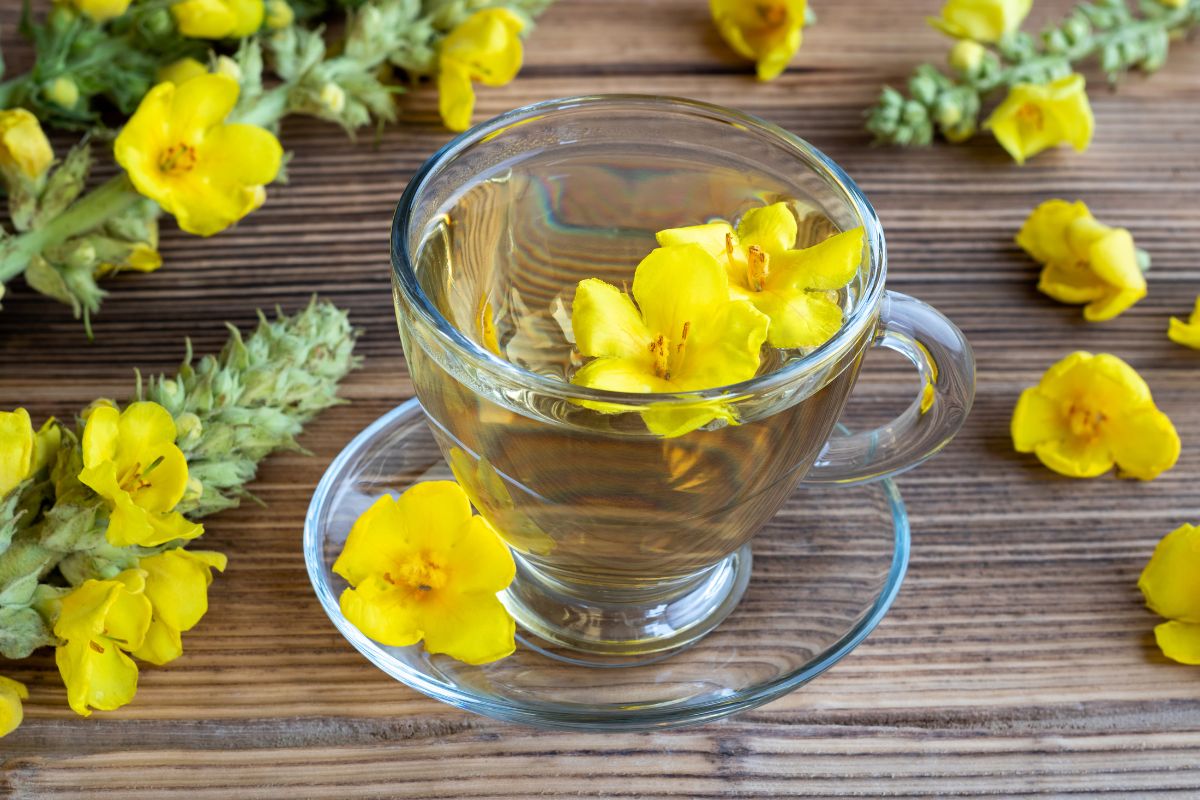

Simple Mullein Tea
To make a simple yet delicious mullein tea, pour a handful of dried mullein flowers or leaves into a cup of boiling water. Allow the tea to steep for around five to ten minutes. Since the flavor of mullein might be slightly bitter, sweeten the tea with some natural sweeteners such as honey or agave syrup. Serve it while it’s hot!
Mullein Infusion
To make a healthy, warm mullein infusion you can mix several herbs and flowers such as:
- 3 Tbsp dried mullein flowers
- 2 Tbsp dried calendula flowers
- 1 Tbsp elderflower
- 1 Tbsp elderberries
With this recipe, you can serve around four cups of tea and drink it whenever you want!
Little note: keep in mind that the longer it steeps the stronger the brew will be!
To make the infusion simply combine all of the ingredients in a glass canning jar. Then bring a quart of water to a boil in a pot. Pour the water into the jar. cover the jar with a lid and allow it to steep for around twenty minutes. After this time you’ll have to simmer the infusion.
As you will see, mullein flowers are covered with tiny, soft hairs and it can be slightly annoying and itchy to drink them so make sure you’re straining the infuse carefully. A nice idea would be to use the flowers you have strained to make another batch of infuse or add them to your compost. Once your infusion is ready, drink it while it’s still warm.
Mullein Chai
You can also make a delicious, earthy, and spicy mullein chai by combining it with spices so as to have an amazingly healthy and comforting drink.
- 5 ounces of any preferred plant milk
- 1 teaspoon powdered cinnamon
- a handful of mullein leaf or flowers
- a dash of powdered cloves
- nutmeg
- vanilla bean
- half a teaspoon of powdered ginger
Combine all the ingredients, over low heat. Allow it to simmer for as long as possible ideally 1 hour. Then strain the mixture and add honey or any natural sweetener to taste, and enjoy! You can consume it either while it’s still warm or you can simply pour the infusion over ice and drink it cold!
Learn more about herbal medicine
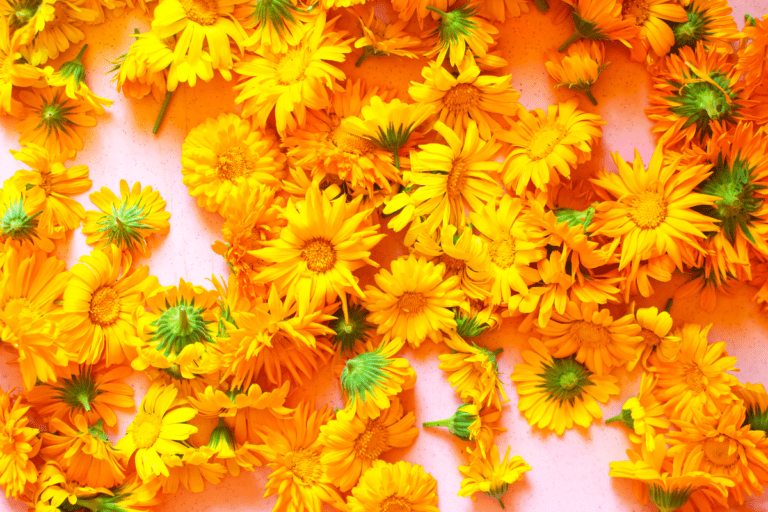

Calendula Benefits For Skin For Eczema, Dryness, & Wound Healing
Here are the powerful calendula benefits for skin and why I use it in all of my skincare products
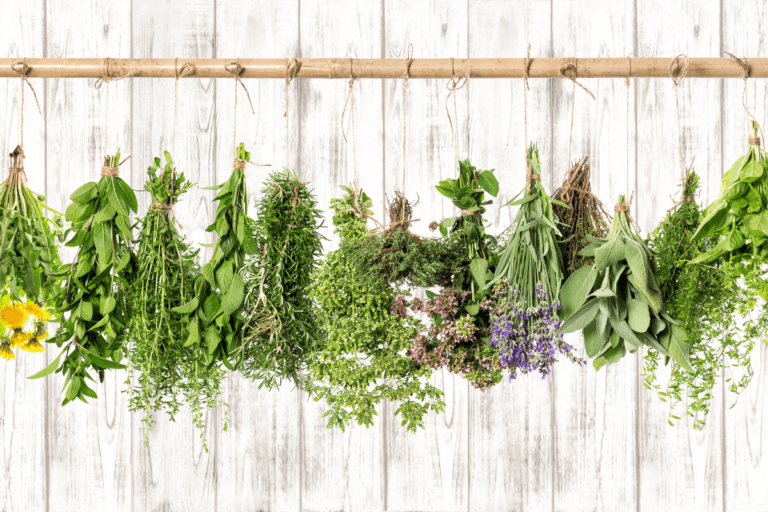

7 Herbs For PCOS (& Other Natural Remedies)
Research shows that these herbs for PCOS can help treat symptoms. Here’s which ones to try.
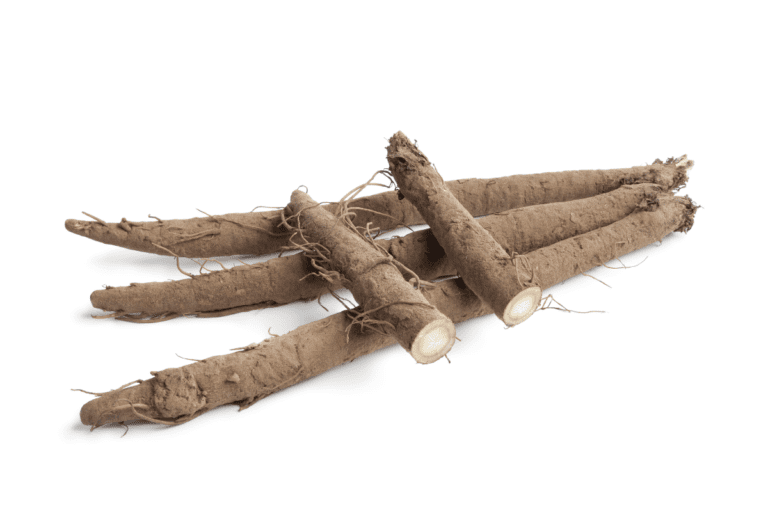

Burdock Root Benefits & Healing Recipes
These burdock root benefits will make you want to put this healing plant in your pantry!
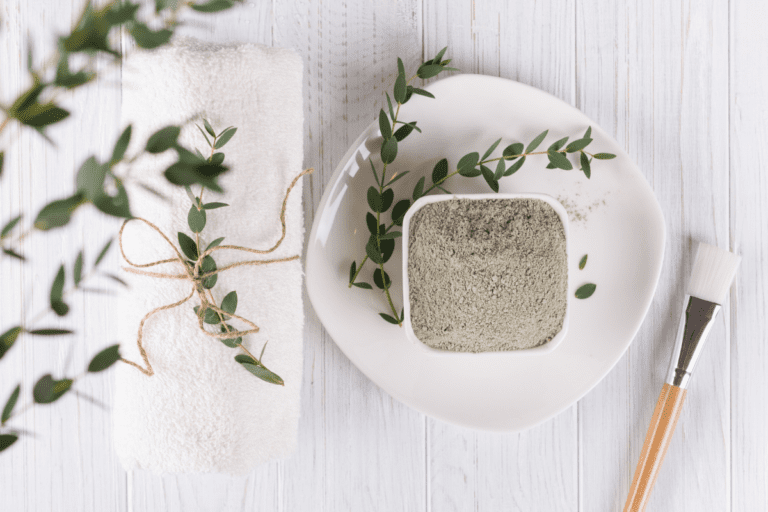

Incredible French Green Clay Benefits For Glowing Skin
Here are all of the incredible french green clay benefits for gorgeous, calm, healthy skin.


11 essential oils for PCOS relief and support
PCOS can be challenging for our beautiful bodies. Here are 11 essential oils for PCOS that can help make it a little easier.


How to use essential oils in the shower to heal everything
Here’s how I use essential oils in the shower, plus a few recipes!
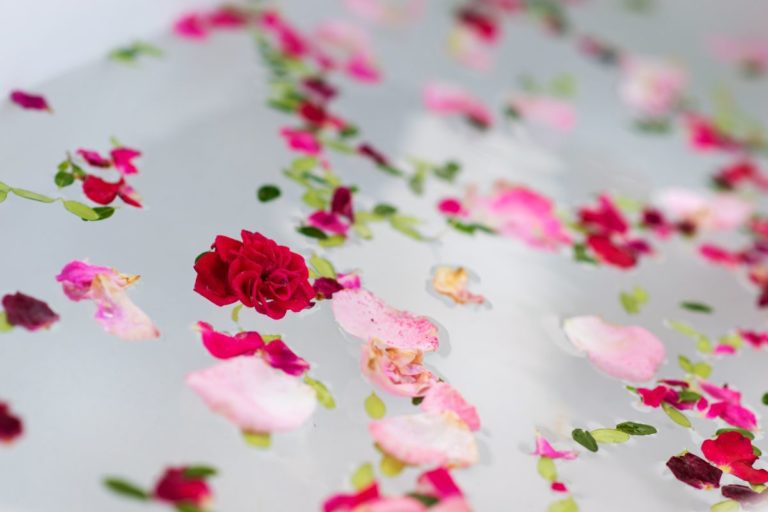

How to make a perfect herbal sitz bath
Here are the perfect herbs for a healing sitz bath.
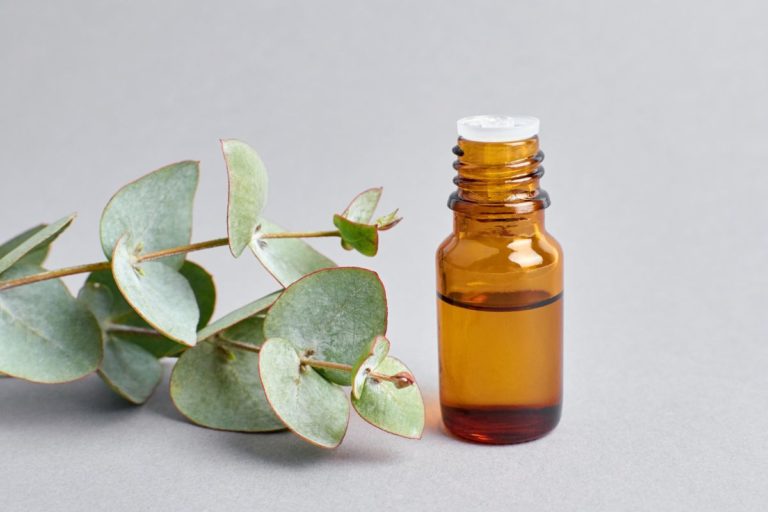

6 best essential oils for the lymphatic system
Essential oils can be used to stimulate the lymphatic system, reduce inflammation, and improve immune system functioning. Learn how to use essential oils for lymph nodes and which oils are most effective.
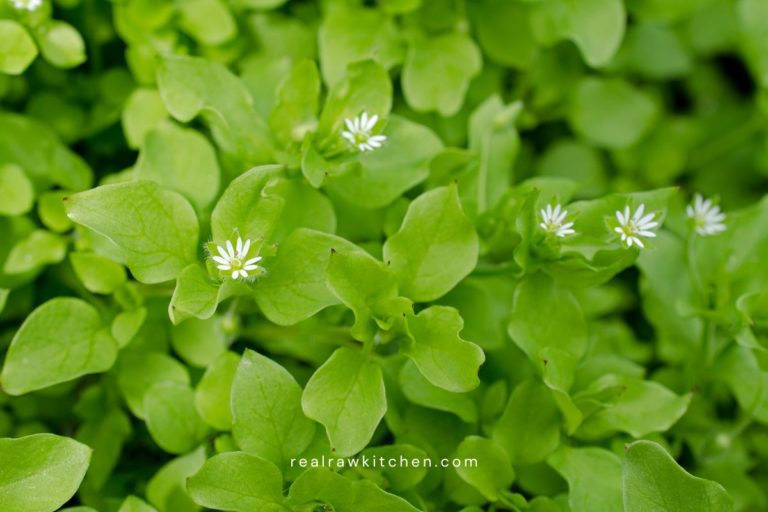

Chickweed health benefits for your home
Learn more about the chickweed health benefits and why you’ll want it in your own home medicine cabinet.
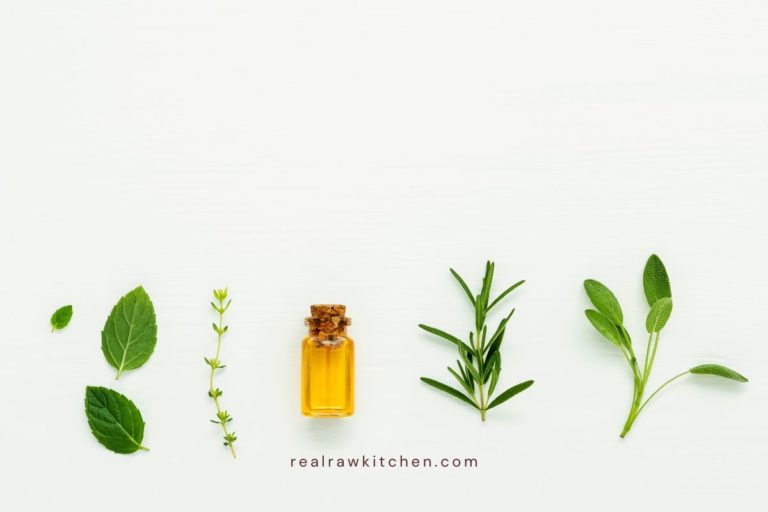

How to infuse herbs in oil: 6 ways to to make herbal infused oils
I love using fresh herbs for different medicinal and beauty recipes. These are my favorite ways to infuse herbs in oil quickly.
